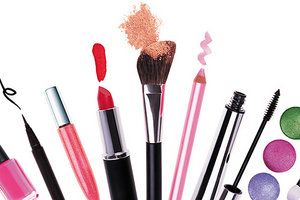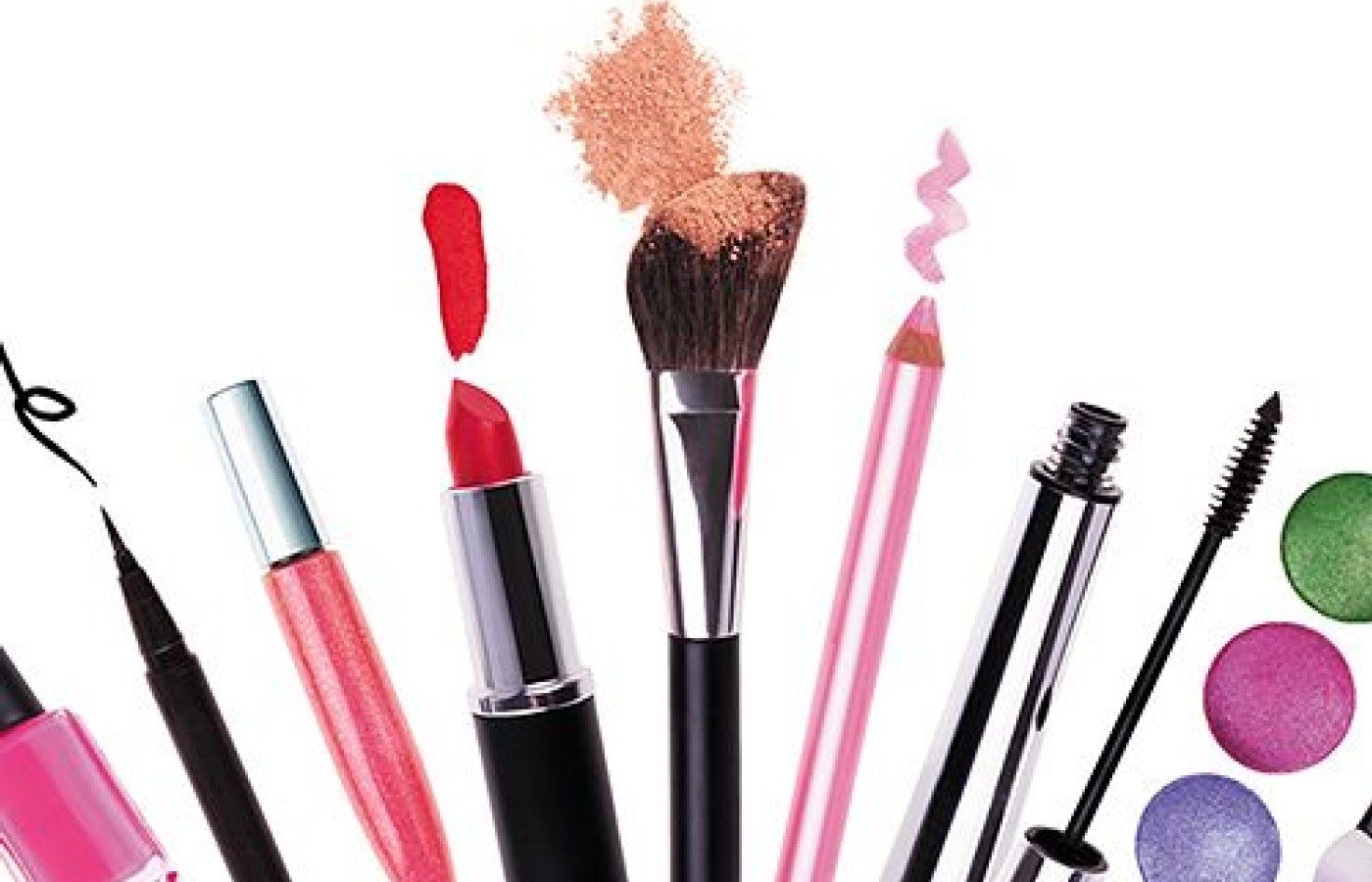Whether you accept it, avoid it or live somewhere in between, insurance coverage has become a defining issue for our profession. Patients increasingly expect to use their benefits, practitioners want to be compensated fairly for their time and expertise, and the system itself remains – at best – fragmented. The encouraging news is that coverage has expanded in meaningful ways. The challenging news is that reimbursement, across the board, remains inadequate.
Teaching Our Patients How To Avoid Toxic Beauty Products
Let's face it, we are all more than mere acupuncturists. Some of us are also herbalists, nutritionists, Qi Gong and Tai Chi practitioners. We wear many hats. And, one of the most important hats—at least in my opinion—is that of teaching and coaching our patients to lead the healthiest lives possible—mentally, emotionally, physically, nutritionally and environmentally.
For me—this teaching comes from my own practice. I truly believe we must all practice what we preach. It's a cliché saying, but I believe it to be a cornerstone to my practice. And, I believe that my ability to practice what I preach allows me to fully comprehend how to best assist my patients in their journey.
Back in 2009, after the publishing of my first book, I decided that I needed to really take a look at all the beauty and body products I was using in my daily life. As through my research for my first book, I learned that there are way too many environmental toxins out there that a doing a great deal of harm to our health. If I'm preaching to patients to eat organic or to avoid sugar or to meditate daily, shouldn't I also be warning them against the parabens in their shampoo and the BPA in their water bottles? Of course I should be.
As my own personal research expanded, I started to realize how many endocrine disrupting toxins are EVERYWHERE, and as a practitioner who deals with a lot of gynecological disorders, my goal is to regulate the endocrine system – not negatively disrupt it! And, so my journey into the land of paraben-free, sulfate-free beauty products began. It unfortunately wasn't a super-long journey, as there are not a ton of products to choose from. Even ones claiming to be "natural" are loaded with toxins. And, some of the brands I chose to use in 2009 changed their ingredient lists by 2010 and added some chemicals that should be avoided. Now I wasn't even trusting the companies I thought I could trust, let alone feeling confident to recommend them to my patients.
It was then that I made a commitment to going on a body and beauty product regimen that was not only chemical free, but made up of things I could actually eat (if I wanted to!) without adverse effects. I started using organic cold pressed coconut oil on my skin; a tooth powder made of sea salt and peppermint for toothpaste; arrow root, coconut oil and essential oils for deodorant (it works amazingly well! (www.passionatehomemaking.com/2013/01/homemade-all-natural-deodorant.html) and a mixture of ghee, coconut oil, olive oil and vitamin E oil for my face cream.

All of that trial and error led me down a different path—and I am now making my own homemade organic beauty products. I am extremely transparent about the ingredients and that I make the products at home. The fact is, so many of us are too busy to go through and find products with basic, non-toxic ingredients that actually work, are chemical free and leave us feeling beautiful. I hope my products can fill this void.
I'm not here to push my products on you or your practice, but I am here to say that as healthcare practitioners, we really need to take the time to read ingredients and really fish through our beauty products to see which ones are worthy of going onto (and into!) our beautiful precious bodies (and that of your patients).
One of my favorite links to share with patients is Environmental Working Groups Skin Deep Cosmetic Database (www.ewg.org/skindeep/). Here patients can check the toxic load of their beauty products. As well, I give patients the following list of the MUST avoid ingredients.
We are all working hard to ensure optimal health, balance and well-being for our patients – and directing patients to choose less toxic beauty products will help us reach that goal faster. Please take note and advise your patients to avoid the following:
- Artificial Fragrances aka Phthalates (like benzene and toluene)—these are used to make things smell good, however these chemicals are known hormonal disruptors. Instead look for products that use essential oils to make things smell nice.
- Sodium Lauryl and Sodium Laureth Sulfate (SLS)—these are foaming agents and they make things lather up. They are usually found in toothpaste, shampoo, body washes and soaps. These noxious substances are skin irritants, hormone disruptors and carcinogenic. Also, be wary of those labels that say "Sodium Lauryl Sulfate (derived from coconut oil)" as they are trying to make it look like it's natural and non-toxic but the way they make coconut oil into SLS is through a highly chemical and toxin producing process.
- Butylated Hydroxyanisole (BHA)—this is a common preservative in skin care products. It's also the active ingredient in many skin-lightening products. It's also carcinogenic, causes thyroid problems and has shown to cause reproductive disorders. If you need to lighten your skin, use fresh squeezed lemon juice.
- Parabens—we all know to avoid parabens, right? These guys are the worst. They are also used to preserve products for longer shelf life. They are also very disruptive to our hormones—many believe parabens play a significant role in male AND female infertility—as well, they have harmful implications in developing children and have been tied to the higher incidence of breast cancer. Avoid parabens at all costs, period.
- Polyethylene Glycol (PEG)—this stuff is actually used in oven cleaner products as it is a powerful de-greaser. You will find it in many baby wipes, skin cleansers and lotions, shaving cream, lip balm and even contact solution and laxatives! PEG has been linked to kidney damage, leukemia, breast cancer, uterine cancer and brain cancer.
Now you can see why I just started making my own products. I got to the point where I was wary of most commercial products out there. Even the good organic products use chemical preservatives to give their products a longer shelf life.
There are definitely a lot of products out there that we can use and feel good about it, but just because something says "all natural" or "organic" doesn't always mean its free of toxic chemicals. Add "read all labels of body care products in the house" to your to do list for this week! And then, after you complete that task—take it to the office and encourage all of your patients to do the same.



